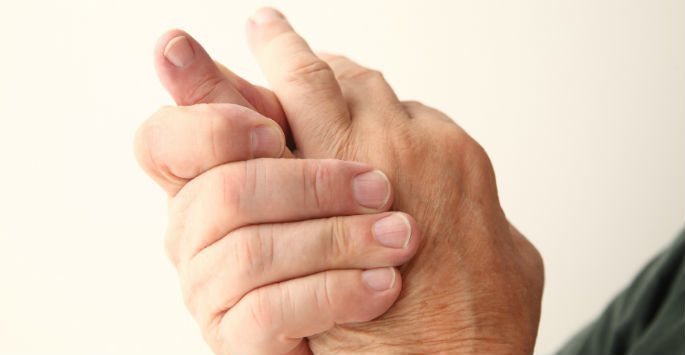We use our fingers all of the time all throughout the day. As a result, they are always at risk of fingertip injuries, and there are many of them.
Your fingertips are packed with nerve endings, more than almost anywhere else in the body. That’s because you need all of those nerves to fine-tune your ability to feel and use your fingers. Of course, with all of those nerve endings hanging out in your fingertips, an injury to this area can be very painful.
Fingertips can be damaged in a number of different ways, ranging from very minor to extremely serious. Because the fingertip skin is so unique, if it becomes destroyed, it usually cannot be replaced.
Some common examples of fingertip injuries include:
- Crushing damage if the finger is closed in a door, hit with a hammer, or has something heavy dropped on it
- Cuts from knives, power tools, etc.
- Bent and broken from being caught in equipment, ropes, or nets.
If you have a fingertip injury, the first thing your doctor will do is examine the area, check for mobility in the finger and then get X-rays. It will need to be determined if any of the bones in the finger have been broken.
Treatment of Fingertip Injuries
How the injury will be treated depends solely on the type of injury itself. Here are some examples:
- Severe crush injuries may mean that some tissue needs to be removed or the whole finger has to be removed.
- If bone has been exposed, then skin grafts may be used to cover the injury.
- If soft tissue has been lost, then this may be replaced along with skin grafts to cover the area.
- At times, a flap of skin is lifted from the adjacent finger and used to cover the injury and provide blood flow while the finger heals. Once the wound is healing, the flap can be stitched back down to its original finger site.
- If the finger has been fractured, then a splint will be used to stabilize the area.
- If the fracture is severe, then pins may be placed within the finger bone to help it set in the proper manner.
If damage to the fingertip is extremely severe, then likely, amputation will be needed. That’s because it is very hard to replace tissues in the finger when most of the existing tissue has been destroyed.
Injuries to the fingertip can mean loss of sensation for a long time. In fact, some people report it taking several months to get full feeling back in the finger. Scarring to the nailbed may mean the fingernail grows back deformed or does not grow back at all.
Every day, your fingers are exposed to injury. So, it should come as no surprise that fingertip injuries are common. Depending on the type of injury or trauma, there could be ways to treat the situation and return the finger to normal function, but in severe cases, the finger may be lost altogether.
For more information, contact Arora Hand Surgery today.













